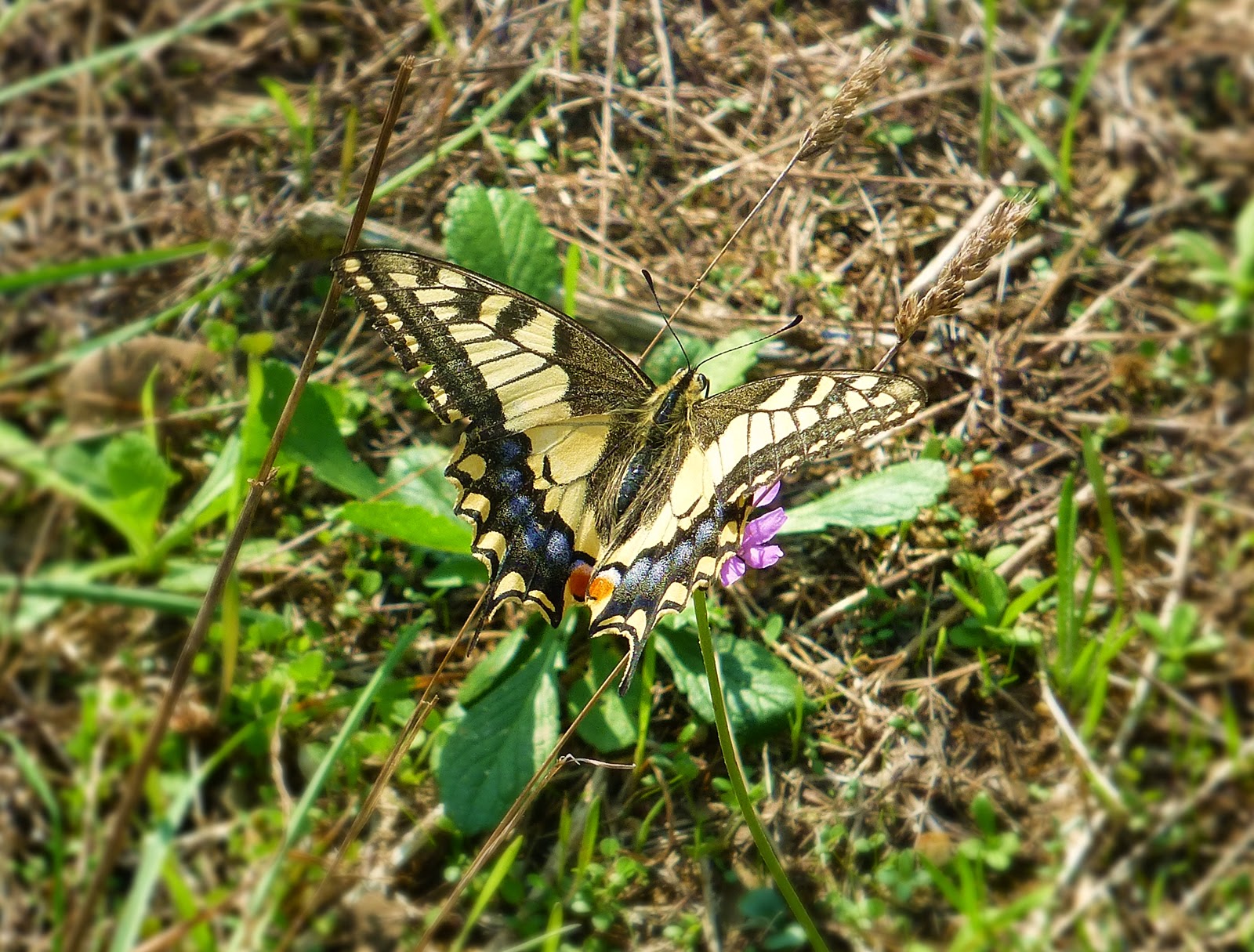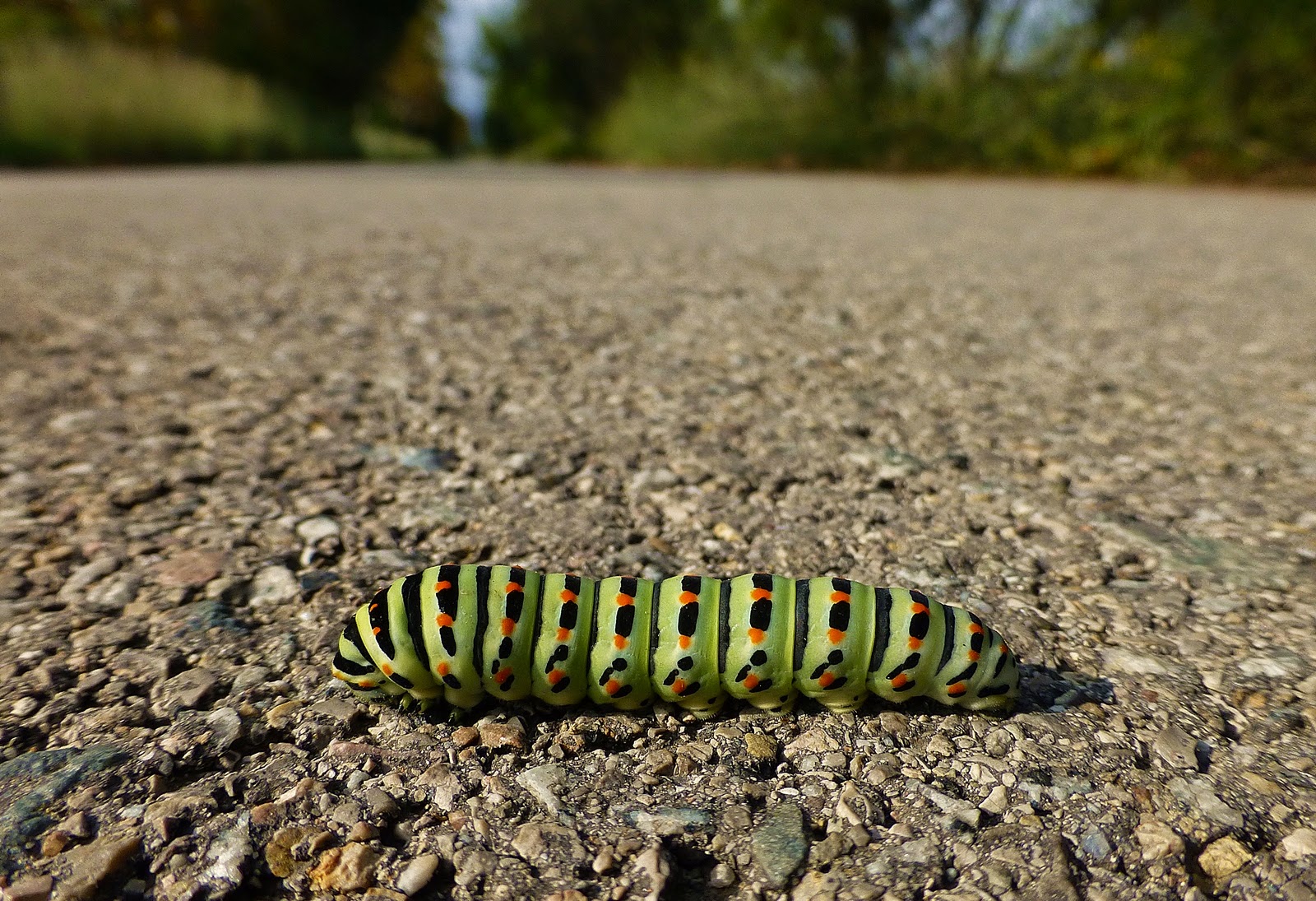Just for the record, here's a few pics of wildlife encountered in a warm October trip to the Costa Brava, not going far but just chilling.
Terabinth.
Calamint
I was pleased to nail a Bath white, after much leaping around after the flighty things.
Swallowtails wafted along the well-marked trials - supreme butterflies that had a good year in southern England this year.
Below is a swallowtail caterpillar crossing the road. It gets upset if disturbed, rearing up and displaying two aggressive prongs (or in scientific terminology, they "evert their osmeterii") and pong.
This, by contrast, is a tree grayling - quiet and camouflaged.
Think this is Iberian lizard. Far fewer lizards here than in Italy, where they are everywhere.
Clouded yellows were common flying over fields of crops.
Also remarkably common were long-tailed blues that frequented low grassland and verges, as well as over fields, not noticeably using pea plants.
The star of the week was, however, the two-tailed pasha that was seen flying around the Jardi Botanic de Cap Roig, clearly attracted to the fruits of palm trees and strawberry trees but maddeningly impossible to photograph.
Above is a narcissus that flowers in autumn, and is common, unlike the unidentified poached egg plant below, found in the marsh under the flightpath of Barcelona airport.
And finally, a death's head hawk moth, sadly deceased, that was found in the street of Calella de Palafruguel.






























































